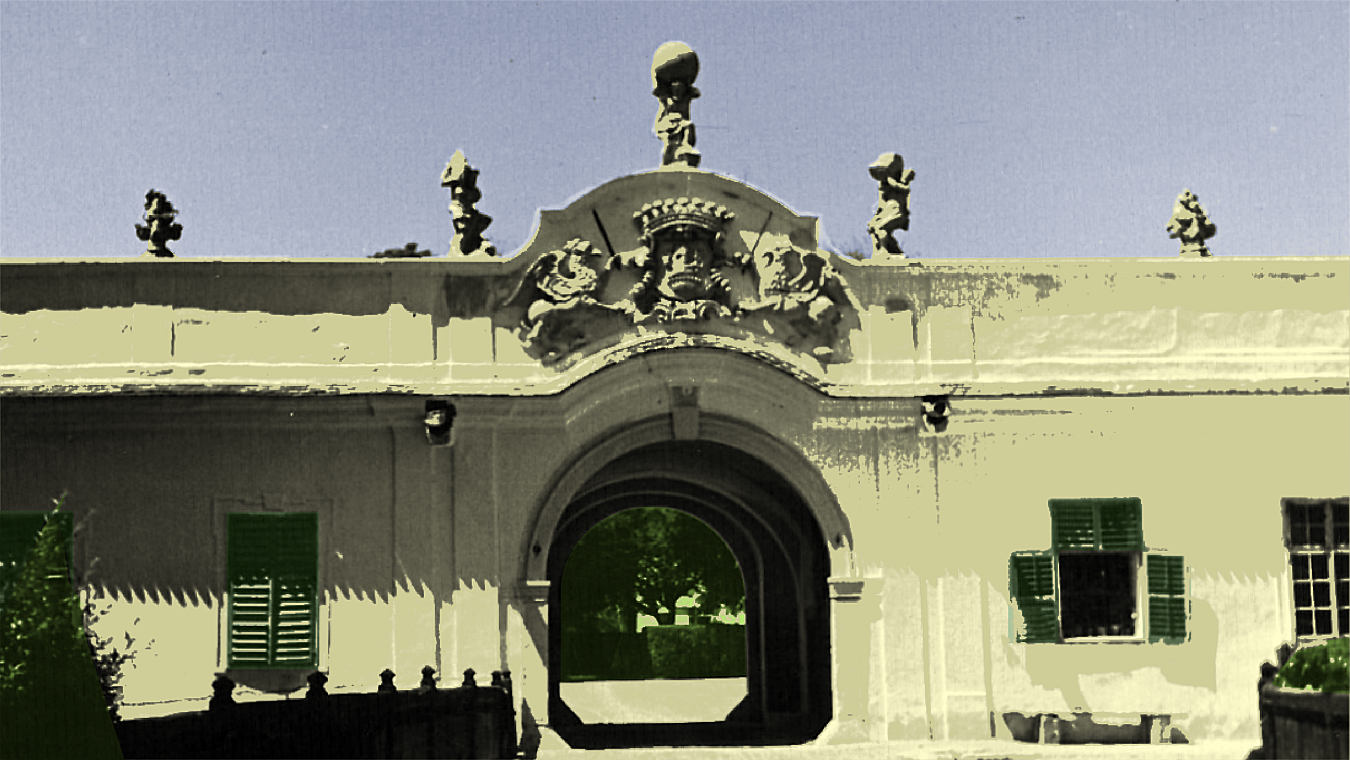The statue gallery of the Bonţida castle
The statue gallery of the Bonţida castle was the most important 18th century Transylvanian ensemble of statues. It was created in the 1740-50’s, when Dénes Bánffy extended his castle to resemble the Vienna aristocratic buildings, and wanted to decorate it according to his rank. The creation of the gallery, a compulsory element of nobiliar representation in the period, was entrusted to the Cluj sculptor Johannes Nachtigall.
The figures (heroes, gods, titans) with high artistic value were drawn from ancient Greek and Roman mythology and the Metamorhposes of the Roman poet Ovidius.
Three mythological figures were placed on the southern as well as the northern gables of the baroque main building. On the southern façade a huge blazon composition with a griffin was also created. The U-shaped block enclosing the court d’honneur encompasses the main gate of the ensemble as well. The 3 titan statutes on its side facing the village were completed by an embossed family coat of arms held by griffins. On the internal elevation of the gatehouse there stood 7 mythological figures, the middle 3 of them being titans. The statues that decorated the northern and southern wings of the U-shaped barns (4 on each) faced the court d’honneur. The parapets of the stable and riding hall were each decorated by 11 figures of ancient heroes and gods. The elevations facing the village of the riding hall and gatehouse were decorated by 20 richly carved stone urns, sometimes with figurative ornaments. Originally there were 36 of these, but the urns of the stable disappeared prior to 1944.
The gallery of the parapet was completed by representative gates with a statue of a groomsman on a prancing horse at the riding hall, and an embossed horse-figure at the stable. The stable’s drinking fountain was given artistic value by a life-sized statue of a horse blowing water through his nostrils. The park was also decorated by urns and statues.
The gallery of more then 80 pieces became the victim of neglect in the past fifty years. Most of the surviving statues are at Cluj. The broken pieces lying on the ground were taken to the stone deposit of the Transylvanian Museum of History (8 statues and 4 urns) and to the court of the Inheritance Department (13 statues and 4 urns) in 1978. At Bonţida there are 2 statues (Cadmos and Helios) in their original location, on the stable’s parapet, and 5 statues from the main building and fragments of 2 urns in the museum created in the gatehouse, with the torso of the stable’s fountain statue in it its front. It is hoped that in the longer term many of the statues will be returned to the Castle, as the museum develops.
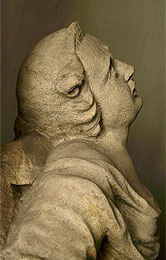
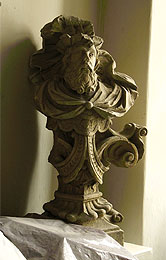
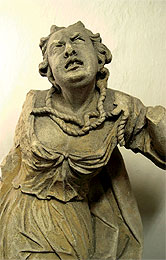
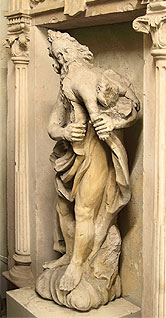
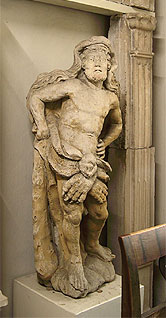
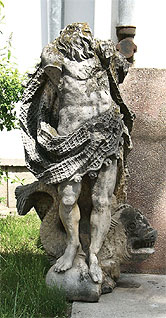
Supported by His Royal Highness, The Prince of Wales
Sponsors:






